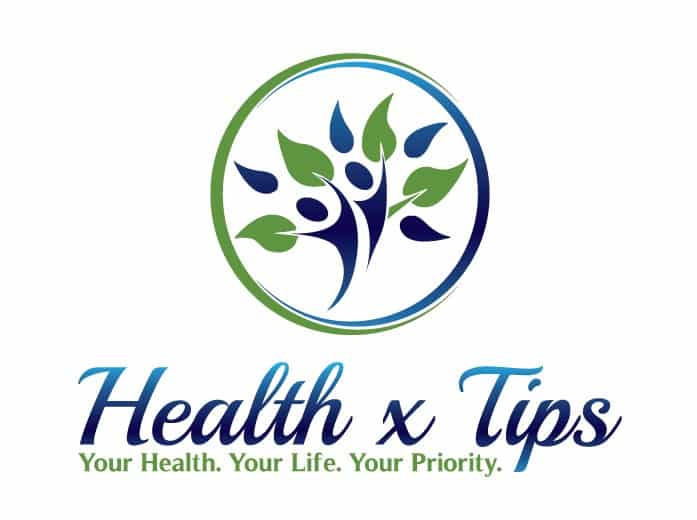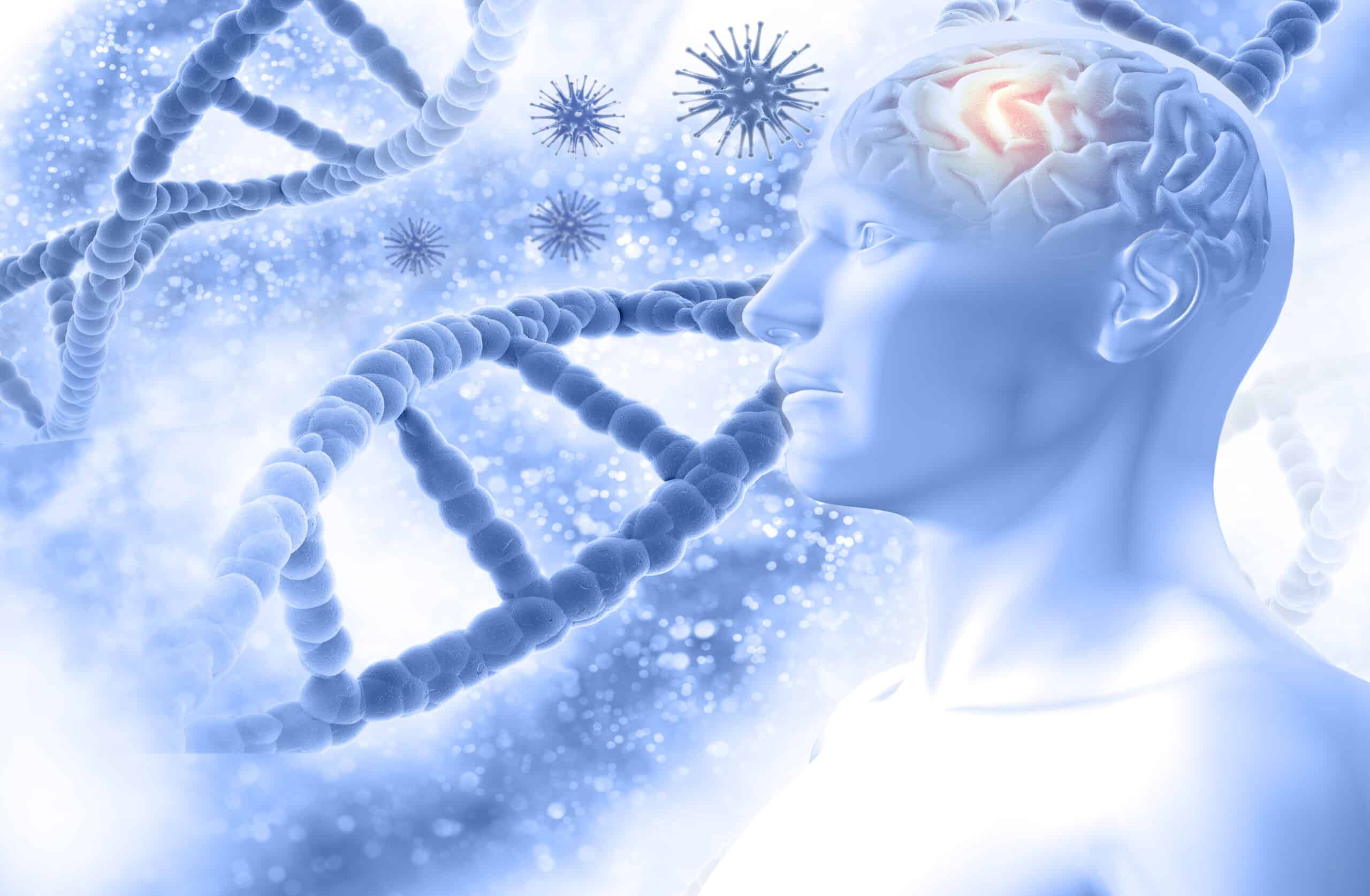WHAT IS NOREPINEPHRINE?
Biochemical Structure
Productions
Discovery
BENEFITS OF NOREPINEPHRINE
Acts As a Neurotransmitter
Adjusts Hormonal Functions
Aids In Health Treatments
It is also very helpful in treating different diseases associated with the human brain like Alzheimer’s, schizophrenia, Parkinson’s, etc. It is given in the form of a supplement or through an intravenous route only because it is not available in the form of a pill.
CAUSES OF NOREPINEPHRINE DEFICIENCY
There are different reasons which may cause a deficit of norepinephrine inside the human body. Sometimes a genetic disorder or the use of specific medications might cause a decline in the level of norepinephrine.
Congenital Insensitivity To Pain With Anhidrosis
Medications
CONSEQUENCES OF NOREPINEPHRINE DEFICIENCY
Depression
Hypotension
Attention Deficit Hyperactivity Disorder (ADHD)
HOW TO INCREASE NOREPINEPHRINE LEVELS
Norepinephrine Boosting Food
A food substance that increases norepinephrine includes beans and legumes, cheese, chicken, chocolate, meat, oatmeal, fish and seafood, egg, and bananas. Precisely, all animal products are good sources of tyrosine which is a building block amino acid of norepinephrine, and a source of phenylalanine as well.
Norepinephrine Increasing Supplements
While norepinephrine is not available in the form of a pill, it is given in under forms. In emergency cases, when the patient is in shock or suffers from cardiac arrest, norepinephrine is injected intravenously to cope with the situation of hypotension and to reestablish the hazardously low blood pressure. The use of such supplements that stimulates the fabrication of norepinephrine is beneficial in maintaining adequate levels of norepinephrine.
Supplements that promote the increase or norepinephrine levels include:
TYROSINE: It works faster and is a good option to tackle norepinephrine depression. It is a precursor of both dopamine and norepinephrine.
PHENYLALANINE: It is also a precursor of norepinephrine. It is converted into tyrosine which is a building block of norepinephrine. There are two types of phenylalanine, the natural version (L-phenylalanine) and the synthetic version (d-phenylalanine), and the third one is the combined form called d, l-phenylalanine, or DLPA.
L-CARNITINE: It increases levels of both serotonin and norepinephrine and works as a great brain booster and antidepressant. Acetyl-l-carnitine (ALCAR) is the bioavailable form of l-carnitine that quickly enters the brain.
ARCTIC ROOT: It is a popular apoptogenic herb that is used in antidepressant medications. It increases norepinephrine and decreases cortisol levels.
VELVET BEAN: They are also called cowhage (Mucuna pruriens). They are a rich source of both norepinephrine and epinephrine. It is also an effective medication to treat Parkinson’s disease with fewer side effects.
ASIAN GINSENG: It is one of the world’s most powerful natural remedies. It strengthens adrenal glands and reduces the level of the stress hormone, cortisol. Its compounds contribute to increasing the levels of both norepinephrine and dopamine in the brain.
NICOTINE: Nicotine in low doses reduces depression by increasing the levels of norepinephrine, serotonin, and dopamine. As a safe brain enhancer, nicotine reported being an effective medication to treat disorders like Parkinson’s, Alzheimer’s, ADHD, schizophrenia, and depression.
OTHER TIPS TO INCREASE NOREPINEPHRINE LEVELS
SIDE EFFECTS OF NOREPINEPHRINE
Some of the common side effects caused by norepinephrine include slow heart rate, arrhythmias, and hypertension. Other side effects may include confusion, anxiety, headache, nausea, sweating, restlessness, dizziness, weakness, redness, and swelling at the injection site.
Some serious side effects of norepinephrine may include blue lips or fingernails, pain or burning at the site of injection, trouble breathing, urinating less than usual or not at all, dangerously high blood pressure accompanied by headache,blurred vision, anxiety, confusion, chest pain, irregular heartbeats, shortness of breath, and seizures.
KEY TAKEAWAYS
Article Sources
HealthxTips is committed to delivering content that adheres to highest standard for accuracy, sourcing and objective analysis.
HealthxTips uses only high-quality and trustworthy sources to support the facts in our articles.
1. Alma, M. H., Nitz, S., Kollmannsberger, H., Digrak, M., Efe, F. T., & Yilmaz, N. (2004). Chemical composition and antimicrobial activity of the essential oils from the gum of Turkish pistachio (Pistacia vera L.). Journal of agricultural and food chemistry, 52(12), 3911–3914. https://doi.org/10.1021/jf040014e
2. Ibrahim, N. A., El-Seedi, H. R., & Mohammed, M. M. (2007). Phytochemical investigation and hepatoprotective activity of Cupressus sempervirens L. leaves growing in Egypt. Natural product research, 21(10), 857–866. https://doi.org/10.1080/14786410601132477
3. Ikei, H., Song, C. & Miyazaki, Y. Physiological effects of touching hinoki cypress (Chamaecyparis obtusa). J Wood Sci 64, 226–236 (2018). https://doi.org/10.1007/s10086-017-1691-7
4. Kuriyama, H., Watanabe, S., Nakaya, T., Shigemori, I., Kita, M., Yoshida, N., Masaki, D., Tadai, T., Ozasa, K., Fukui, K., & Imanishi, J. (2005). Immunological and Psychological Benefits of Aromatherapy Massage. Evidence-based complementary and alternative medicine : eCAM, 2(2), 179–184. https://doi.org/10.1093/ecam/neh087
5. Orchard, A., & van Vuuren, S. (2017). Commercial Essential Oils as Potential Antimicrobials to Treat Skin Diseases. Evidence-based complementary and alternative medicine : eCAM, 2017, 4517971. https://doi.org/10.1155/2017/4517971
6. Orhan, I. E., & Tumen, I. (2015). Potential of Cupressus sempervirens (Mediterranean Cypress) in Health. The Mediterranean Diet, 639–647. https://doi.org/10.1016/B978-0-12-407849-9.00057-9
7. Selim, S. A., Adam, M. E., Hassan, S. M., & Albalawi, A. R. (2014). Chemical composition, antimicrobial and antibiofilm activity of the essential oil and methanol extract of the Mediterranean cypress (Cupressus sempervirens L.). BMC complementary and alternative medicine, 14, 179. https://doi.org/10.1186/1472-6882-14-179








0 Comments